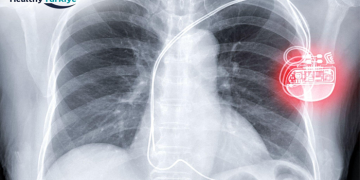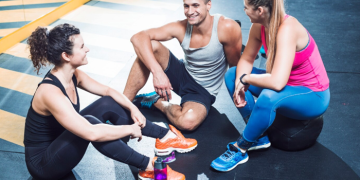ACL injuries are twice as common among women than men. And while female athletes are at an increased risk of these injuries, the facts about how women get them and what can be done to prevent them may surprise you. This blog has everything you need to know.
Women have considerably weaker quadriceps muscles in comparison to their male counterparts. That’s why they’re more susceptible to glendale acl tear injuries when landing from a jump or coming out of a block. Moreover, their muscle is not as strong and cannot be fully able to support their body weight.
Here are the common reasons why women are at higher risk for ACL injuries.
-
Strength
Women tend to have smaller quadriceps muscles, making them weaker overall when compared to men. This can result in an imbalance between the strength of the quadriceps and hamstrings, which can contribute to ACL injuries. In fact, the more muscle you have, the more able your muscles are to support your joint during intense physical activity. However, women tend to have less muscle overall, so they’re at a higher risk for injury.
-
Anatomy
The female pelvis has a wide angle between the hip and knee than the male pelvis. This can cause the ACL and other ligaments to be under increased stress. Moreover, women’s ACLs are often more lax than men’s, which can cause them to be injured more easily. In addition, women tend to open their hips differently from men when they run and jump, placing greater stress on the knee and risking ACL injuries.
-
Genetics
While women have weaker quadriceps muscles, they are at higher risk of ACL injuries. In addition, women are more likely to have a family history of ACL injuries, which means that they may be more likely to tear their ACLs.
-
Jumping and landing patterns
Women have a greater Q-angle and are more likely to land on the outside of their knee than men, which increases the risk of ACL injuries. The jumping and landing patterns of women are also different from men. Women take a more open stride when they run and do not step as far forward when landing, which puts more stress on the ACL. Women also tend to bend their knees more when they jump or land, while men keep their knees more straight. Keeping the knee straight keeps the leg stable and prevents it from buckling or giving out.














